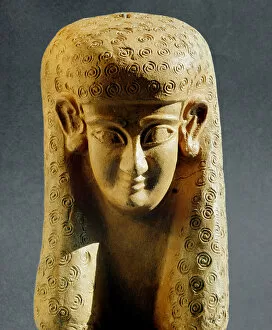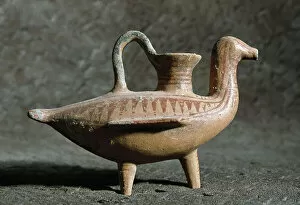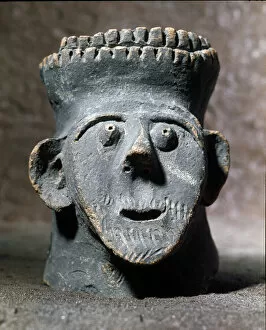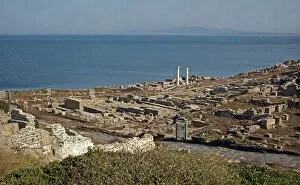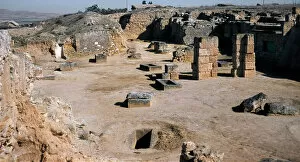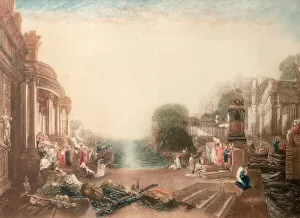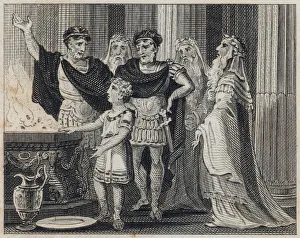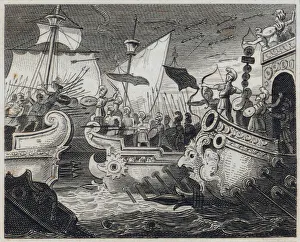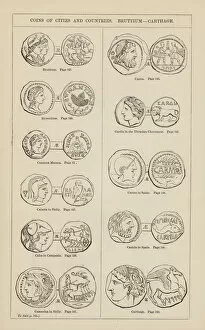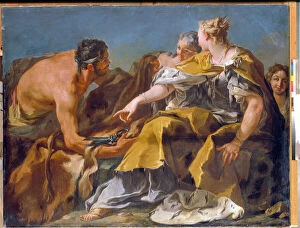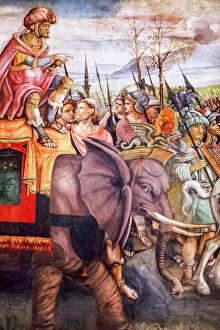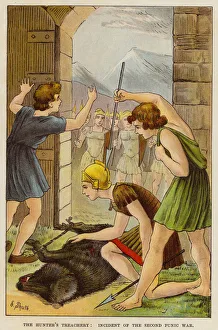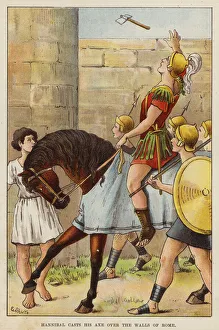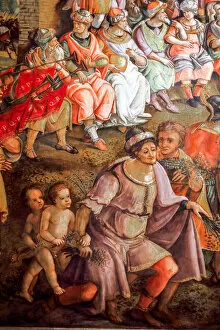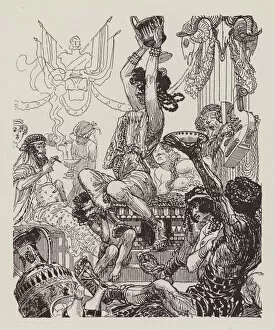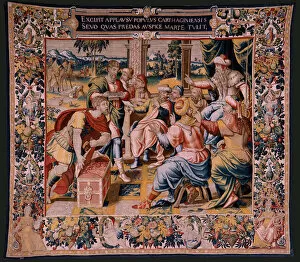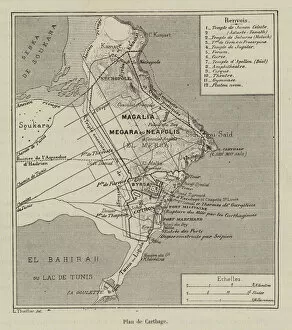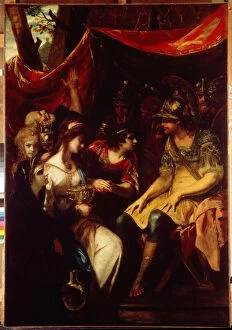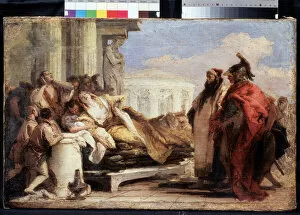Carthage Collection (page 7)
Carthage, the ancient city that witnessed epic tales of triumph and tragedy
All Professionally Made to Order for Quick Shipping
Carthage, the ancient city that witnessed epic tales of triumph and tragedy. From its strategic Battle of Cannae plan in 216 BC to Hannibal's audacious crossing of the treacherous Alps with his army and elephants, Carthage was a force to be reckoned with. The meeting between Scipio Africanus and Hannibal at the Battle of Zama marked a pivotal moment in history, where two brilliant military minds clashed in an ultimate showdown. The image of Hannibal crossing the Rhone River on his daring campaign is etched into our collective memory. Carthage's rich heritage extends beyond warfare. Saint Perpetua, a courageous martyr who defied societal norms, left an indelible mark on this historic city. Byrsa Hill stands as a testament to Carthage's original Punic site, recognized as a UNESCO World Heritage Site for its cultural significance. Intricate Roman mosaics tell stories of opulence and grandeur within Carthage's remains of villas from centuries past. The Punic Wars waged by Rome against they were fueled by Cato and the Senate's relentless pursuit for dominance. A bust depicting Hannibal Barca serves as a reminder of his extraordinary leadership during these tumultuous times. His name echoes through history as one who challenged Rome at every turn. Carthage may have fallen under Roman rule, but its legacy lives on through these captivating glimpses into its storied past, and is an enduring symbol of resilience and ambition that continues to captivate scholars and visitors alike.




